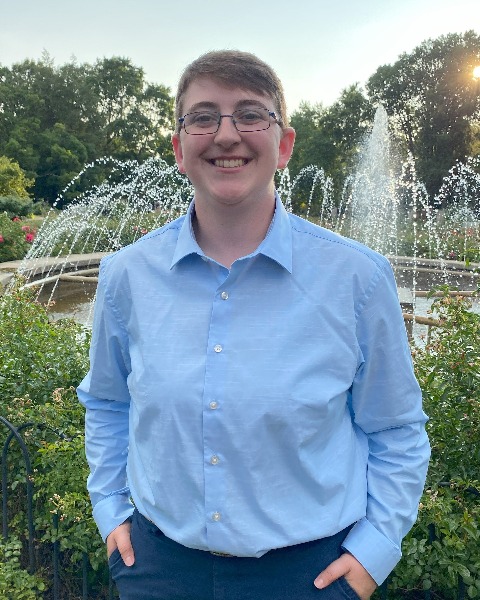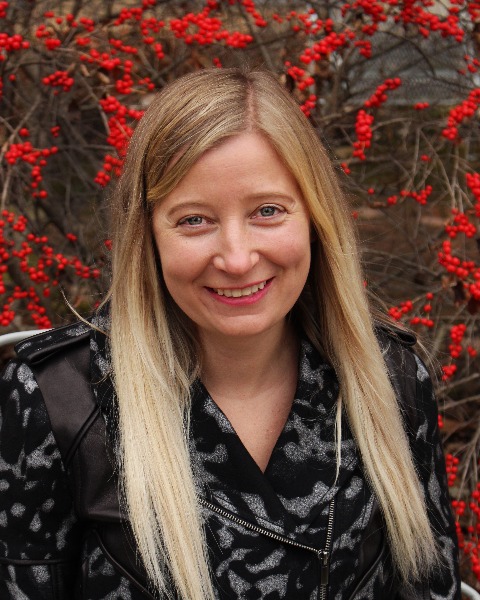Student 10-Minute Paper
Physiology, Biochemistry, and Toxicology
Student Competition
Student
(1st Place) Investigating how light pollution disrupts the molecular regulation of diapause in mosquitoes

Maria Fiorta
Student Research Assistant
The Ohio State University
Columbus, Ohio- LF
Lydia Fyie (she/her/hers)
Graduate Student
The Ohio State University
Columbus, Ohio 
Mary Margaret Gardiner (she/her/hers)
Professor
The Ohio State University
Columbus, Ohio
Megan Meuti
Assistant Professor
The Ohio State University
Columbus, Ohio
Presenting Author(s)
Co-Author(s)
Female Northern house mosquitoes, Culex pipiens, transmit serious pathogens including West Nile virus, and survive the winter by entering diapause, an arrested state in which the females store fats, stop blood feeding, and halt ovarian development. Diapause is cued by photoperiod, so as days become shorter in late summer and early fall, mosquitoes stop biting vertebrates which effectively stops the disease transmission cycle. Artificial light at night (ALAN) has been shown to cause C. pipiens to avert diapause in the lab. We know that diapause is regulated by a shutdown of Juvenile Hormone and insulin signaling in this species. However, we do not know the molecular mechanisms underlying how ALAN inhibits the diapause response. We hypothesize that ALAN disrupts gene expression in these pathways. To test this hypothesis, we measured the relative abundance of genes involved in insulin and Juvenile Hormone signaling (Insulin-like peptide 1, Insulin receptor, and allatotropin) and a gene that induces fat accumulation and stress tolerance in diapausing mosquitoes (FOXO). We quantified transcript abundance in mosquitoes 3- and 7-day-old mosquitoes that were reared in short-day, diapause inducing conditions that had been exposed to ALAN, and in mosquitoes that were reared in long-day, diapause averting conditions without ALAN. Our results will provide critical information on the mechanism by which ALAN disrupts seasonal responses and insect physiology.

.png)

